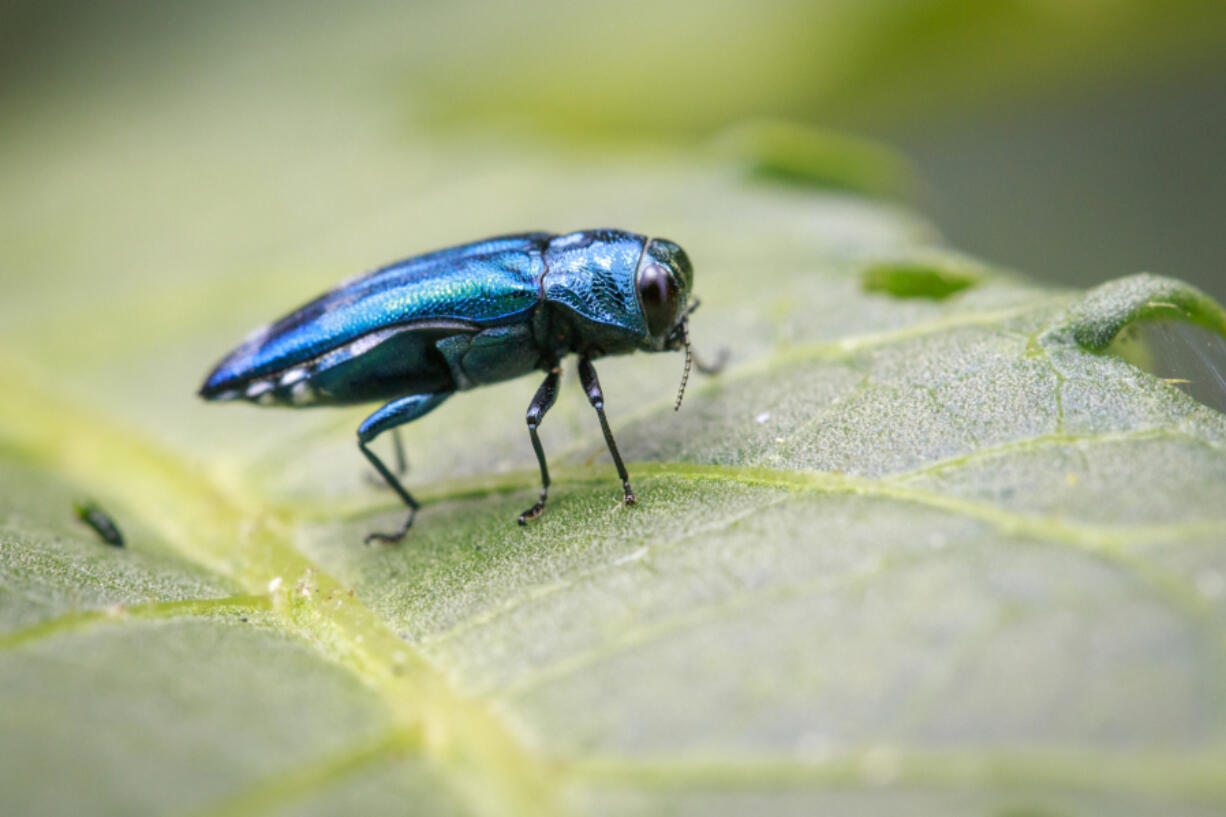MOUNT VERNON — Several state agencies are asking campers and outdoor enthusiasts to not move firewood and instead buy it where they burn it this camping season.
The request is being made to limit the spread of invasive species.
The Washington Invasive Species Council, the state Department of Natural Resources’ Urban and Community Forestry Program, the state Department of Agriculture and the Washington State University Extension are strongly encouraging outdoor recreationists to heed their “Buy It Where You Burn It” campaign.
The warning comes after emerald ash borer — an invasive, wood-boring beetle that kills ash trees — was found this month in Vancouver, B.C.
The emerald ash borer was first found on the West Coast in 2022 near Portland.
It has killed hundreds of millions of ash trees in North America and has moved west at a rapid pace. Experts believe moving firewood contributed to its arrival.
“Emerald ash borer and other invasive insects could devastate Washington’s forests,” Stephanie Helms, the executive coordinator for the Washington Invasive Species Council, said in a release. “Harm to our forests can affect recreation, tourism and the businesses and wildlife that rely on them.”
The insect’s larvae burrow under the tree bark and eat the sapwood. Once damaged, the bark can’t transport water and nutrients, causing the tree to die.
“Trees are central to our identity as Washingtonians,” Helms said. “And it’s up to all of us to be pest ready, not to move firewood and to buy it where we burn it.”
Invasive pests at all stages of their life cycles can be found in firewood. Humans often carry insects greater distances than they can fly or crawl on their own.
“While packing firewood from your home for your camping trip may seem resourceful, you could unintentionally move invasive insects to new parts of the state, to a whole new state entirely or even back home with you,” Helms said. “It is estimated that forest pests cost local governments across the country around $1.7 billion each year, not including costs to landowners. With more than 41 million visitors to state parks alone, we need to be more vigilant.”
And invasive species can hitch a ride on more than just wood.
“It’s not just firewood that can move invasive insects,” Helms said. “Anything that moves can move an invasive species. When traveling, be sure to check shoes, bags, boxes and outdoor gear for insect hitchhikers. This includes all life stages, including the egg and larval stage.”



